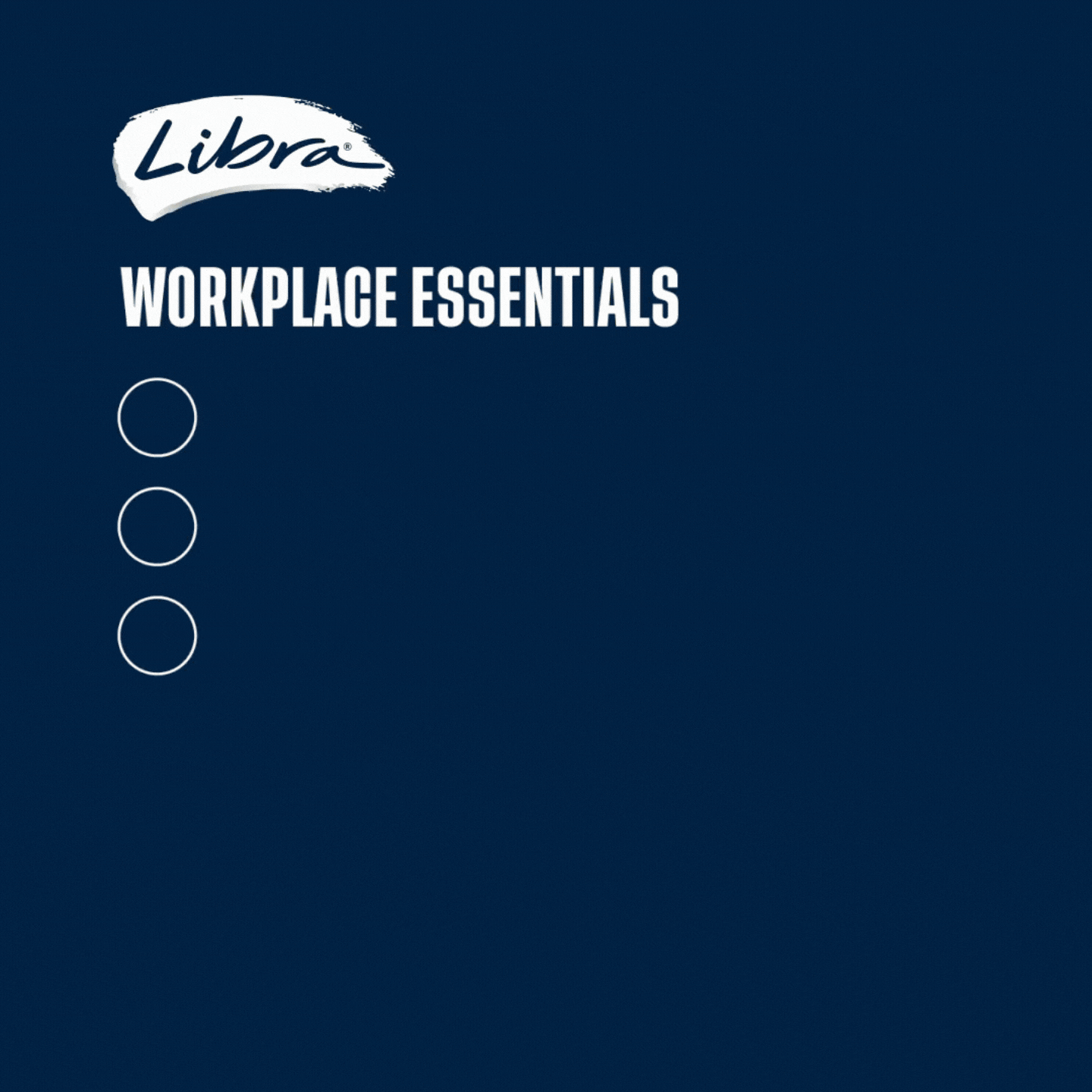A report from the UK looking at gender discrepancies in the arts has revealed some shocking statistics on the representation of women across theatre, film, television and the arts.
The Women in Theatre Forum Report has found that 72 percent of female performers felt pressured to “look a particular way” to acquire employment compared with 28 percent of male performers. Stage Directors UK, a trade organisation for Britain-based stage directors, also reported several cases of inappropriate physical contact and bullying of female directors.
The report also found a complete erasure of women in leadership roles on the Cultural Renewal Taskforce — a group that determines which groups received support during the pandemic in the UK. “Zero leadership positions are occupied by women, with only three women on the taskforce as a whole,” the report found.
The Women in Theatre Forum Report was a large-scale collaboration between several arts organisations in the UK including Sphinx Theatre, University Women in the Arts, Writers’ Guild of Great Britain and Stage Directors UK.
In response to the findings of the report, a spokesperson from the Department for Digital, Culture, Media and Sport issued a statement, saying they were “completely committed to ensuring a diverse and inclusive cultural sector and have been speaking with women from a broad range of cultural organisations throughout the pandemic to help understand the impact on the industry.”
Overall, women have been hit harder by the pandemic than men due to childcare duties and caring roles. This is not problem exclusive to the UK. Here in Australia, the Financy Women’s Index revealed that for every month affected by the pandemic last year, Australian women were losing one year in progress towards economic equality.
Jennifer Tuckett, the Women in Theatre Forum Report’s lead author, said her team’s research found “zero references to women and gender inequality in the body of the Arts Council’s next ten-year strategy.” She added that women were mentioned only in passing and in a tokenistic fashion.
“This suggests gender inequality is not being considered equally alongside other areas of underrepresentation,” she said.
In her report, she reiterated that the findings “suggest that gender inequality in theatre, and in the arts more generally, is likely to increase unless specific measures are put in place to prevent this.”
The report is currently circulating across the internet, inciting responses that there continues to be ‘disgraceful’ gender inequality in the arts in the UK where just 16 percent of working film-makers are female and 14 percent of prime-time television is written by women. In Australia, the figures are not much better.
A 2015 report by Screen Australia found that the proportion of women in management on Australia’s largest television production companies sat at around 30 percent. Of the top 250 films shown in Australia in 2014, just 8 percent were directed by women. In the same year, just 14 percent of Australian films were directed by a woman.
Over in the U.S, things are looking a bit brighter. This week, Netflix released its first ever Inclusion Report, which showed quantitative improvements in the number of women and minorities in paid positions.
Three years ago, women made up 40 percent of employees at the California-based media company. This year, they make up just under fifty percent. Technical roles engaged less women however, making up just 35 percent of available positions.
The percentage of racialized persons is also increasing within the company — Black employees this year made up 8 percent of the company, and Hispanic employees made up 8.1 percent. These figures however are lower than the average across the U.S motion-picture and sound-recording industries, where black people made up 13 percent of roles and Hispanic people made up 19.3 percent.
According to Bloomberg, Netflix has a higher percentage of Black and Hispanic employees than Google or Facebook, though not as many as Apple.
Verna Myers, Netflix’s head of diversity and inclusion, told Bloomberg their record is better than most technology companies.
“The company made the commitment that everyone would be responsible for inclusion,” she said. “My team’s vision is to equip everyone with a diversity lens. As they do their jobs, they’re thinking about who’s not here. Are we gathering all the perspectives?”
“We’re going to bring in creators from lots of different experiences, especially groups that have bee underrepresented, and we’re going to get the benefit of that creativity,” Myers added.


